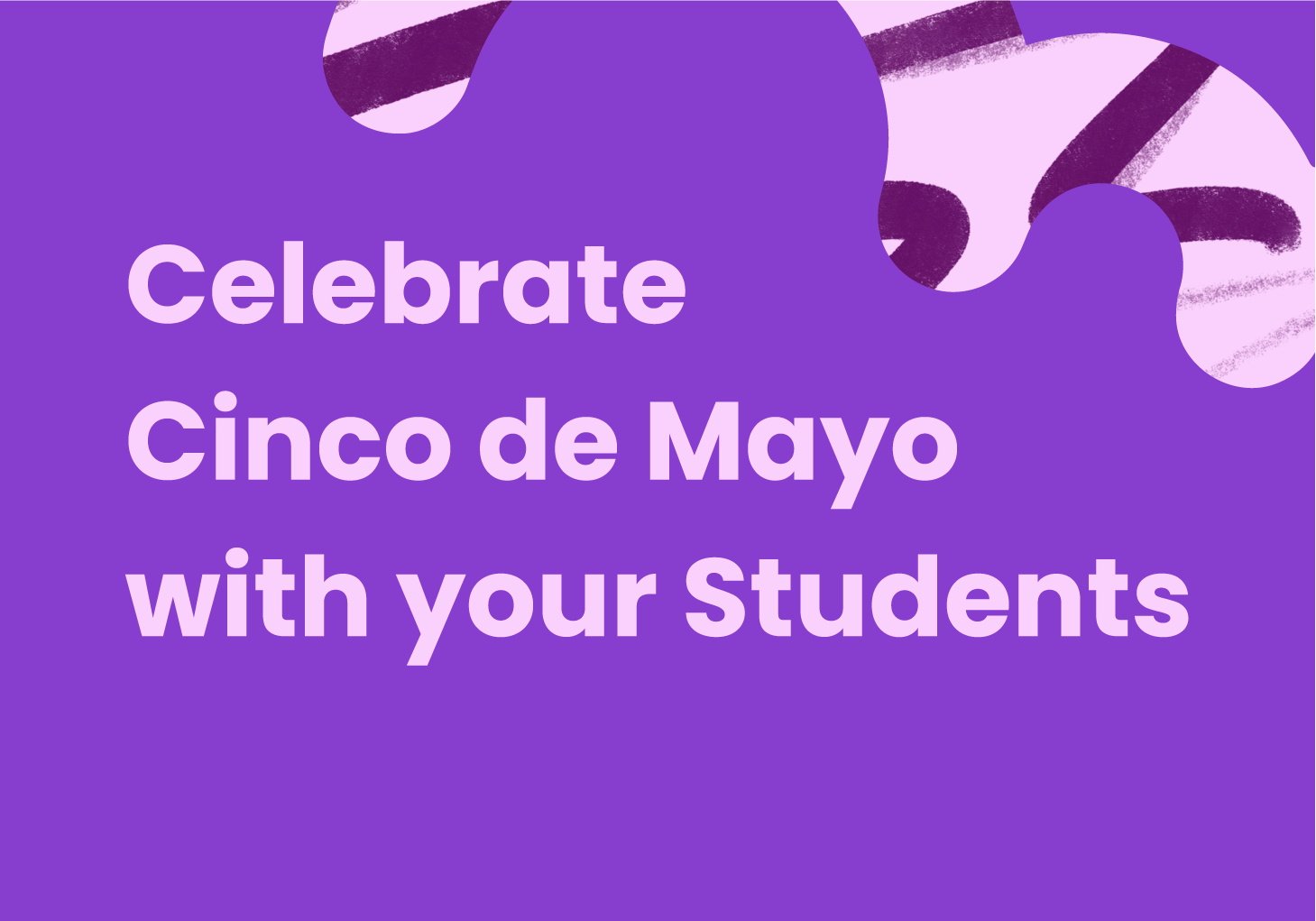
Shirin Bradfield
Cinco de Mayo is a great opportunity to teach children about diverse cultures and the importance of celebrating our differences. The holiday represents acceptance, courage, and pride and commemorates the Mexican army’s victory over France in 1862 at the Battle of Puebla (also known as the Batalla de Puebla). The battle happened over Mexico not being able to repay payments back to England, Spain, and France. England and Spain backed down, but France didn’t and chose instead to go to war with Mexico. The victory is a symbol of Mexico’s resistance to foreign domination.
Many parts of the United States celebrate (or observe) Cinco de Mayo as a way to recognize Mexican culture and heritage. This celebration shouldn’t be confused with Mexican Independence Day on September 16th.
Teaching the real meaning of Cinco de Mayo
Who said a history lesson can’t be part of a party! Setting up a celebration with your students is a great way to teach them the real meaning behind Cinco de Mayo. Plus, getting to know the “why” is a great way to kick off any type of cultural observation.
Get clued up
You could start with a little background on the festive holiday and its origins by reading together. This book has been suggested as an awesome read, outlining the events that led to the Battle of Puebla in super simple terms. It also touches on the contemporary festivities, including a mariachi band, dancers, parades, and so much more.
Get a taste
So much culture can be explored through food – it’s a great way to not only appreciate tradition but open students up to new concepts and ideas in a pretty tasty way. There are plenty of kid-friendly recipes you could whip together as a class, like Guacamole, chicken tinga empanadas, Tacos, or some Tortilla Chips with Pico de Gallo.
For more ideas, try these or these!
Get crafty
Have some fun and bring the noise with some DIY maracas made from recycled materials! Although maracas didn’t originate in Mexico, they’re a huge part of the celebrations and music. It’s important to steer clear of any stereotypes when exploring ways to celebrate, here’s a great list of other culturally relevant crafts you can get creative with!
You can also explore other ways to celebrate Mexican culture by learning about notable Mexican icons throughout history and present day.
Teaching students about traditions beyond the ones they might’ve grown up with is a great way to encourage empathy and understanding between cultures. The more you can get them talking about different cultures and countries, the more open-minded they’ll be when they’re faced with people who are unlike themselves in their own lives.
Cultural education opens up new worlds for your students, so take advantage of any opportunity you have to bring it into your classroom!
You may also like

From ancient academies to AI-enabled classrooms

Improving AI literacy in American schools

